Wonders of the Universe: From Nebulas to Black Holes – A Journey Through Space

start
black hole
universe
Supernovae
big bang
white dwarfs star
The universe is vast, mysterious, and full of breathtaking phenomena. From glowing nebulae to the invisible pull of black holes, the cosmos holds secrets that humans have only just begun to understand. In this blog, we’ll break down major cosmic elements—what they are, how they form, and why they matter—using simple language with powerful insights.
🪐 Introduction
Space has captivated the human imagination for centuries. From the first time we gazed at the stars to today’s sophisticated telescopes peering into distant galaxies, our understanding of the universe has evolved tremendously. However, despite our advancements, space remains a place of mystery and awe. From the birth of stars in nebulae to the terrifying forces of black holes, the universe is an endless source of wonder. This blog takes you on a journey through the cosmos, exploring its most fascinating phenomena in detail.
🌫️ 1. Nebulae – The Birthplaces of Stars
A nebula is a vast cloud of gas and dust in space, often described as the "cosmic nursery" because it’s where new stars are born.
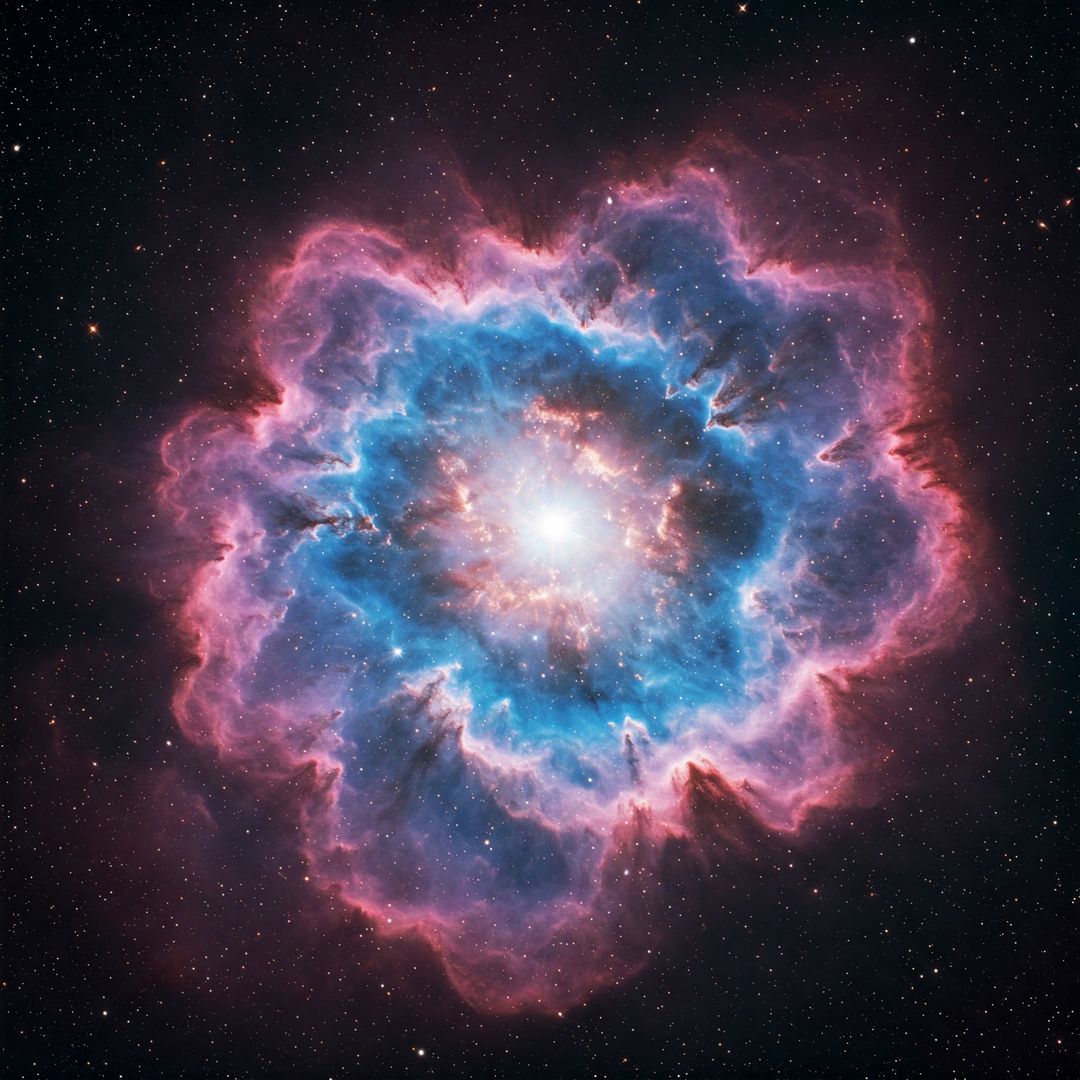
Nebulae
Key Types of Nebulae:
- Emission Nebulae: These nebulae glow due to the radiation emitted by nearby young, hot stars. They emit red and pink light because of hydrogen atoms being excited by ultraviolet radiation. A prime example is the Orion Nebula.
- Reflection Nebulae: These don’t emit their own light. Instead, they reflect the light from nearby stars. They tend to have a blue hue due to the scattering of light by tiny particles in the nebula (similar to the way Earth’s sky looks blue).
- Dark Nebulae: These are dense clouds of gas and dust that block out the light from stars and galaxies behind them. They appear as dark patches against brighter backgrounds.
- Planetary Nebulae: These form when a star similar to the Sun reaches the end of its life. As it sheds its outer layers, the central core becomes a white dwarf, and the ejected gases form a glowing shell. The Ring Nebula is a classic example.
Why They Matter:
- Nebulae are responsible for star formation, the building blocks of galaxies, and provide insight into the lifecycle of matter in the universe.
- The study of nebulae helps scientists understand the physics of star formation, the composition of space, and the evolution of galaxies.
⭐ 2. White Dwarfs – The Final Stage of Low-Mass Stars
A white dwarf is the remnant of a star that has exhausted its nuclear fuel and no longer undergoes fusion. These stars are typically about the size of Earth but have the mass of the Sun, making them incredibly dense.
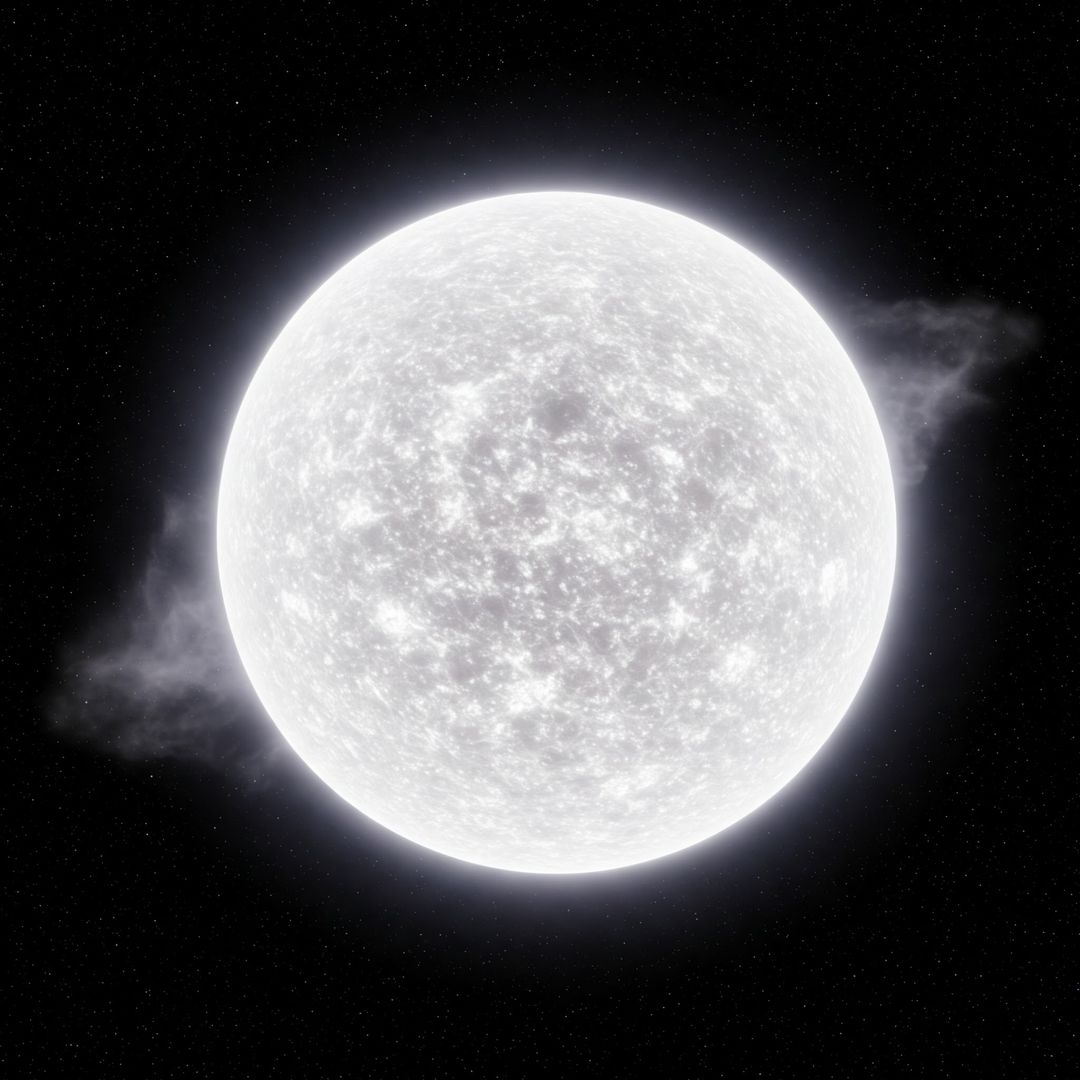
White dwarf star
Formation:
- White dwarfs are formed from stars that are not massive enough to end their lives in a supernova. Instead, they expel their outer layers and leave behind a dense core.
- Over time, they cool and fade, eventually becoming what’s known as a black dwarf (though this stage will take billions of years, longer than the current age of the universe).
Characteristics:
- Density: A single teaspoon of white dwarf material would weigh about 5 tons!
- Size: Though they are small in size, they have incredible gravitational forces at their surface.
- Fate: While white dwarfs don’t have fusion reactions occurring, they still emit residual heat, and over billions of years, they gradually cool and fade.
🌌 3. Galaxies – Islands in the Vastness of Space
A galaxy is a massive collection of stars, gas, dust, and dark matter bound together by gravity. The number of galaxies in the universe is staggering—estimates suggest that there are around 2 trillion galaxies in the observable universe.
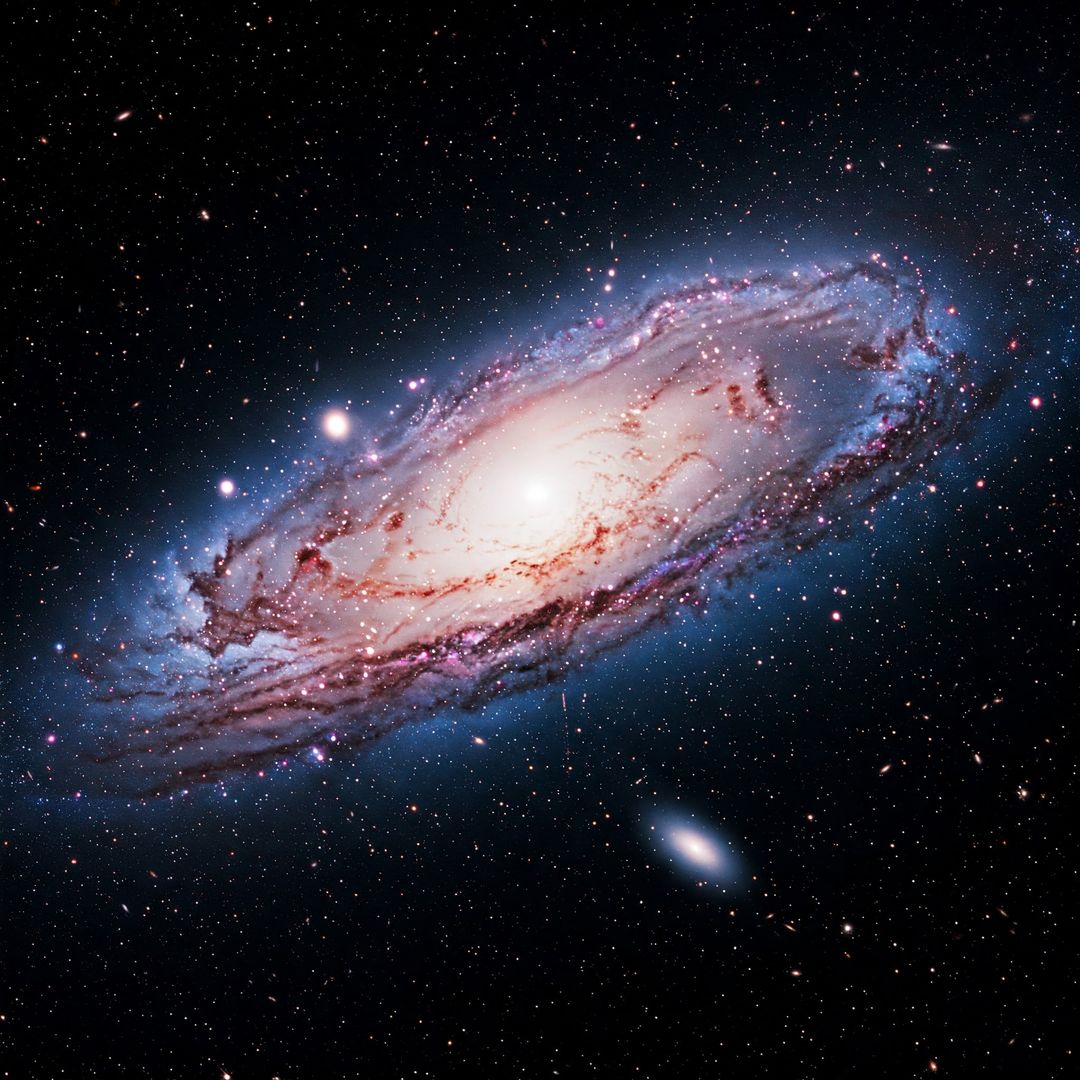
Galaxies
Types of Galaxies:
- Spiral Galaxies: These galaxies have a flat, rotating disk of stars and gas, with a central bulge and spiral arms. The Milky Way, our own galaxy, is a spiral galaxy.
- Elliptical Galaxies: These are more spherical or elliptical in shape and contain older stars. They have little gas and dust, meaning fewer new stars are formed in them.
- Irregular Galaxies: These have no defined shape and are often the result of galaxy collisions. Their irregularity gives them a chaotic, unique look.
The Milky Way:
- The Milky Way Galaxy is home to our solar system. It is a barred spiral galaxy, meaning it has a central bar structure, unlike typical spiral galaxies.
- Our galaxy contains between 100-400 billion stars and spans roughly 100,000 light-years in diameter.
The Role of Galaxies:
- Galaxies are the "cosmic cities" where stars, planets, and life emerge.
- Understanding galaxies gives insight into how the universe evolves and how matter behaves on a grand scale.
🌠 4. Supernovae – The Explosive Death of Stars
A supernova is the explosive death of a massive star, a cataclysmic event that can outshine an entire galaxy for weeks. Supernovae play a critical role in distributing heavy elements like iron and gold throughout space.
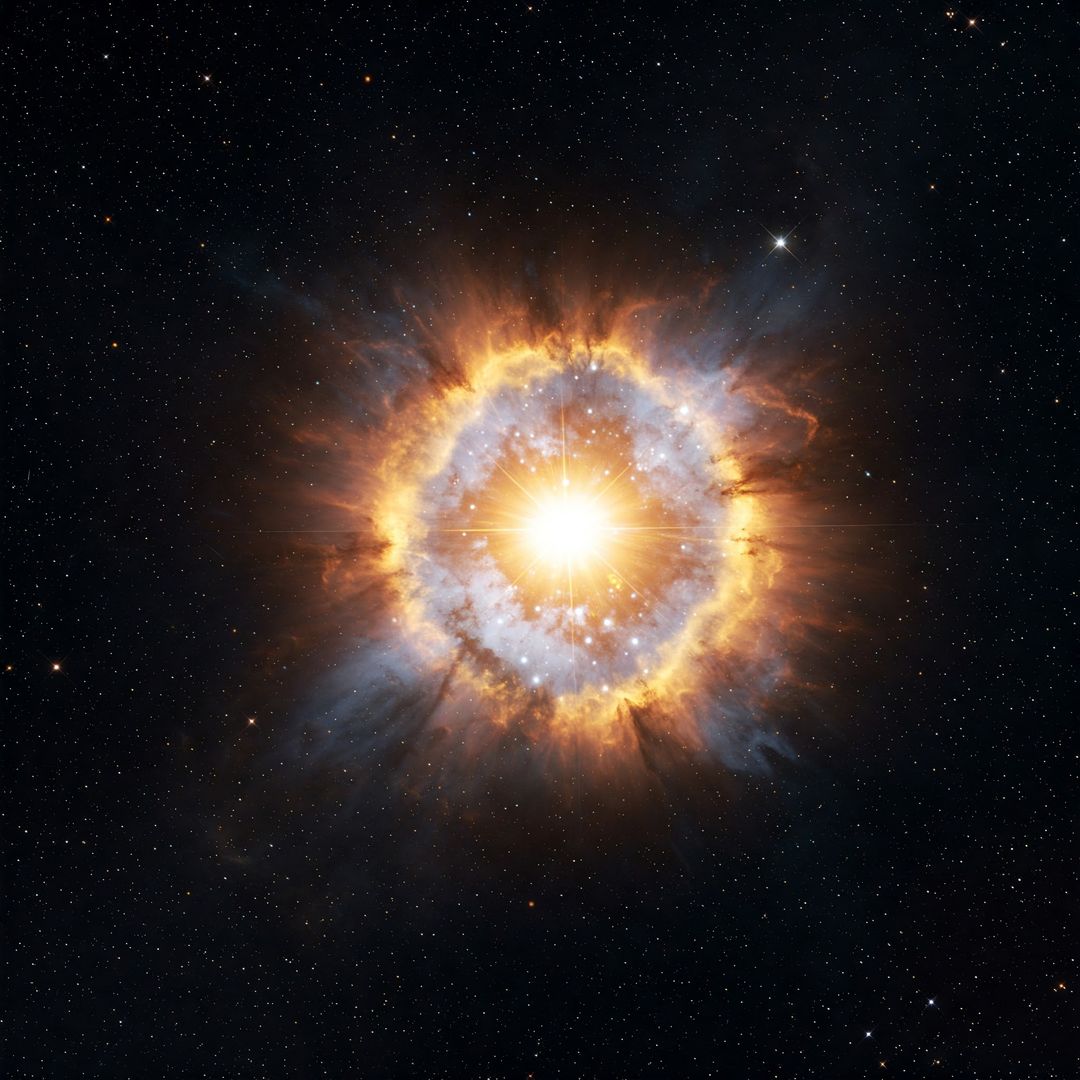
Supernovae
Types of Supernovae:
- Type I Supernovae: These happen in binary star systems when a white dwarf accumulates matter from its companion star, reaching a critical mass and undergoing a violent explosion.
- Type II Supernovae: These occur when a massive star runs out of fuel and its core collapses, causing a violent explosion.
Supernovae and Life on Earth:
- Supernovae create many of the elements essential for life, including iron, carbon, and oxygen.
- Their remnants can form neutron stars or black holes, marking the end of a star’s life cycle.
🕳️ 5. Black Holes – The Most Mysterious Objects in the Universe
A black hole is a region in space where the gravitational pull is so strong that not even light can escape. The force of gravity near a black hole is so intense that it warps the fabric of space-time itself.
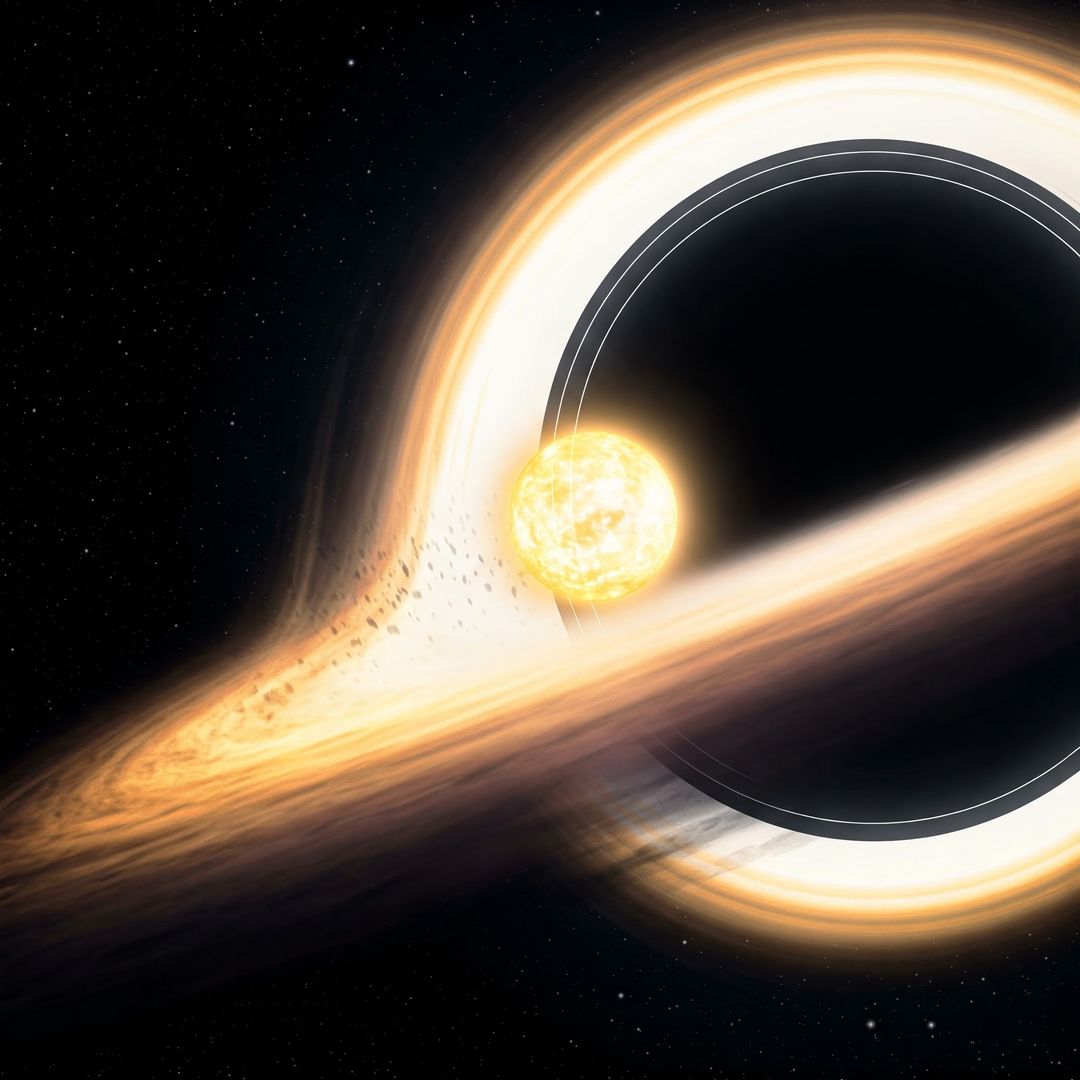
Black Hole
Types of Black Holes:
- Stellar Black Holes: These are formed when large stars collapse after a supernova explosion. They have a mass between about 3 to 10 times the mass of the Sun.
- Supermassive Black Holes: These are found at the centers of most galaxies, including our Milky Way. Their masses can be millions or even billions of times that of the Sun.
- Intermediate Black Holes: These black holes exist between stellar and supermassive types and are thought to form when smaller black holes collide and merge.
Fascinating Features:
- Event Horizon: The boundary around a black hole from which nothing can escape, not even light.
- Singularity: The point at the center of a black hole where matter is compressed into an infinitely small space.
- Spaghettification: The intense gravitational forces near a black hole stretch objects into long, thin shapes—hence the term "spaghettification."
What Happens Inside a Black Hole?
- Due to the warping of space-time, we can currently not observe what happens inside a black hole. The laws of physics as we know them break down at the singularity.
⚛️ 6. Matter and Antimatter – The Cosmic Balance
Matter and antimatter are two of the fundamental building blocks of the universe, but they are quite different from each other.
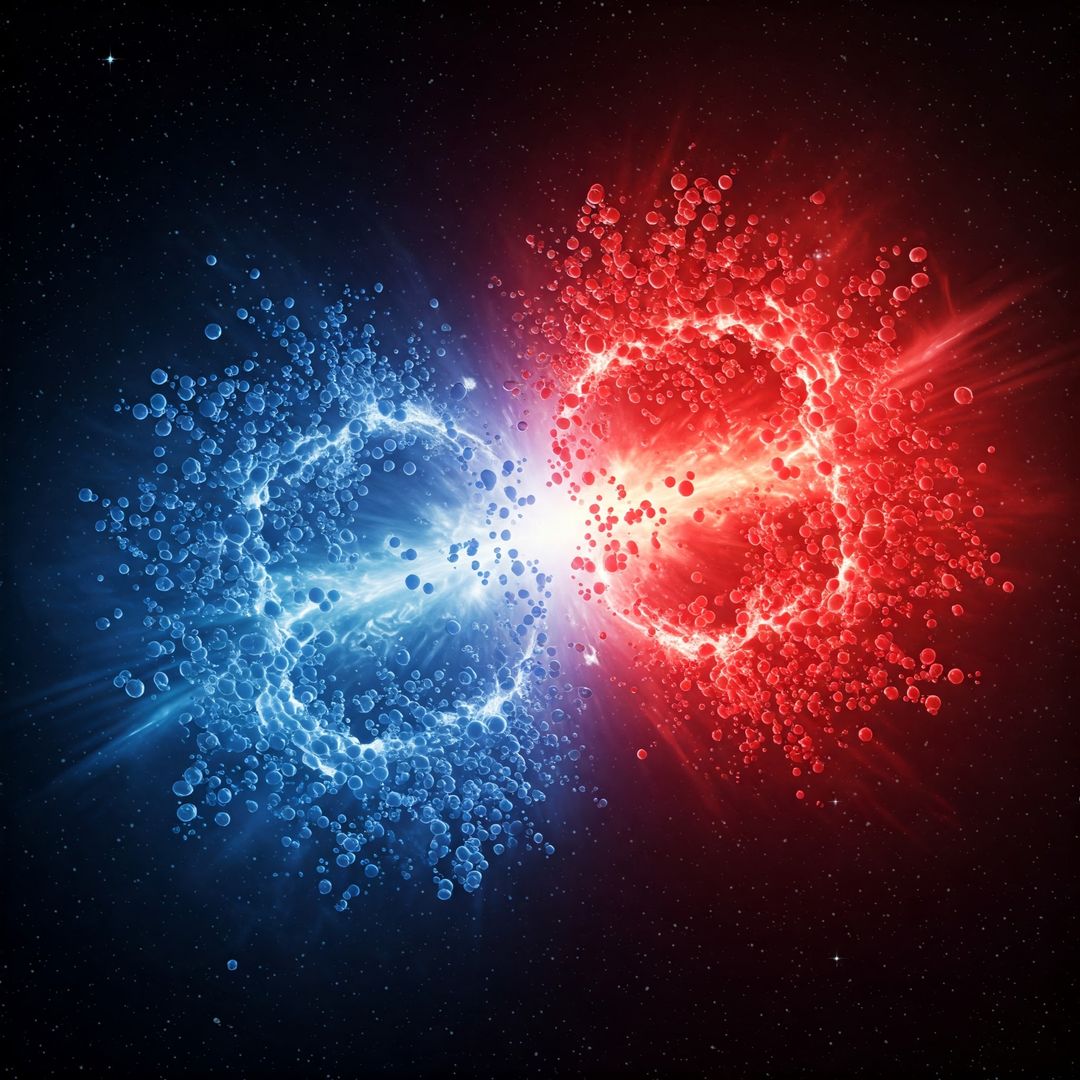
Matter and Antimatter
What is Matter?
Matter is everything that has mass and occupies space—everything you see around you is made of matter. This includes:
- Atoms: The building blocks of matter, consisting of protons, neutrons, and electrons.
- Elements: Different types of atoms (e.g., hydrogen, carbon) that form the substances we encounter in everyday life.
What is Antimatter?
Antimatter is the opposite of matter. It consists of antiparticles that have the same mass as particles of matter but opposite charges.
- Antiprotons have a negative charge, unlike protons, which have a positive charge.
- Positrons (the antimatter counterpart of electrons) have a positive charge, unlike electrons, which are negatively charged.
The Mystery of Antimatter:
- When matter and antimatter collide, they annihilate each other, releasing vast amounts of energy.
- The universe, as we know it, is predominantly made of matter, but there is still a lot we don’t understand about antimatter. During the Big Bang, matter and antimatter should have been created in equal amounts, but there seems to be an imbalance that allowed matter to dominate. This asymmetry remains one of the biggest unsolved mysteries in physics.
Why Matter and Antimatter Matter:
- Understanding the relationship between matter and antimatter could help unlock the secrets of the early universe and may one day have practical applications, such as in energy production and space travel.
🌌 7. The Universe – The Ultimate Canvas of Creation
The universe is everything—space, time, matter, and energy. It includes everything we can observe and everything beyond our reach.
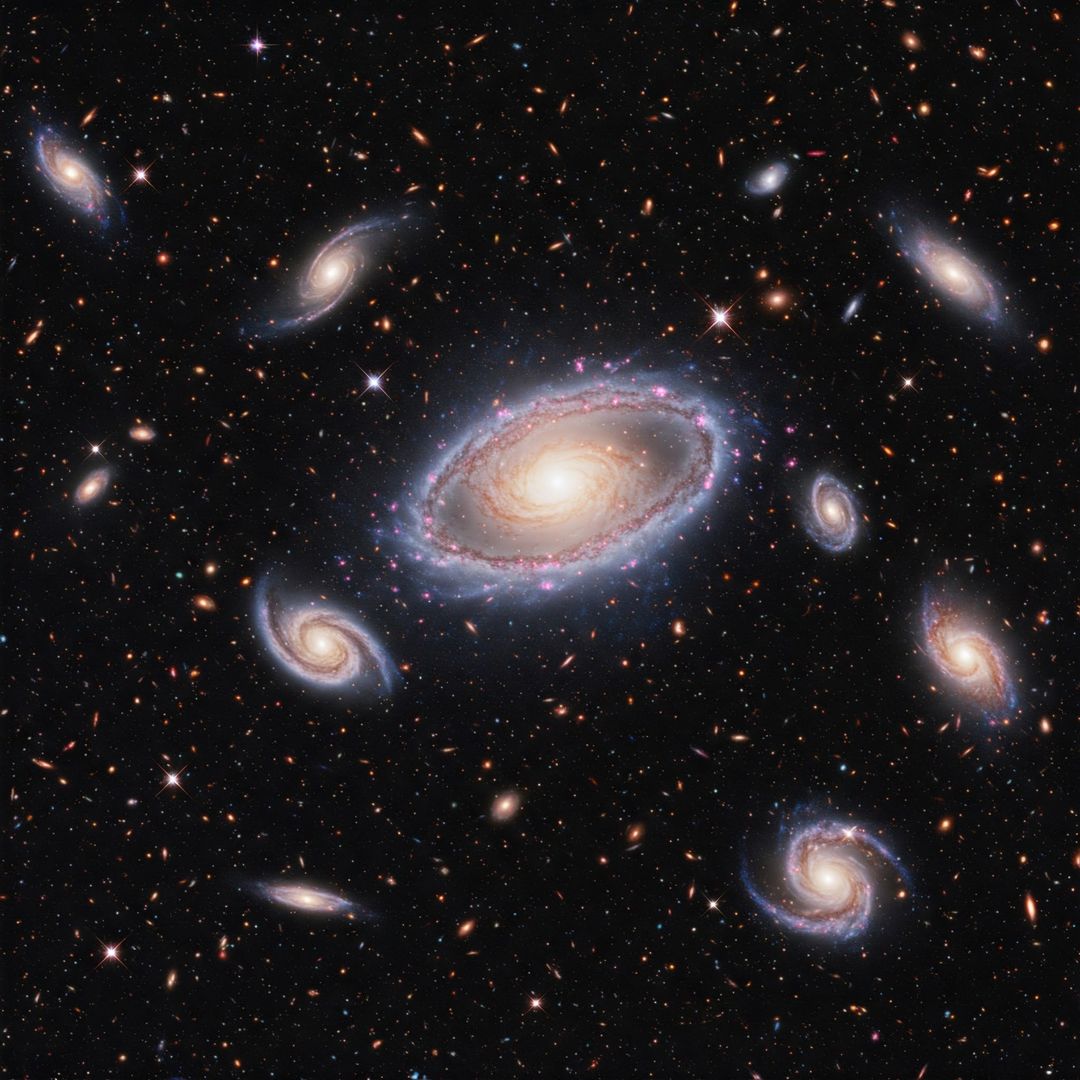
the universe
Key Concepts:
- Big Bang Theory: The universe began as a singularity—an infinitely small and dense point—around 13.8 billion years ago. It then expanded rapidly in a process called cosmic inflation.
- Cosmic Microwave Background: The afterglow of the Big Bang, this faint radiation is a remnant from when the universe was just 380,000 years old.
- Observable Universe: The part of the universe we can observe, about 93 billion light-years across. However, the universe might extend far beyond this.
8. The Big Bang Theory – The Beginning of Everything
The Big Bang Theory is the most widely accepted explanation for the origin of the universe. It suggests that the universe began as an infinitely small, hot, and dense point (known as a singularity) approximately 13.8 billion years ago.
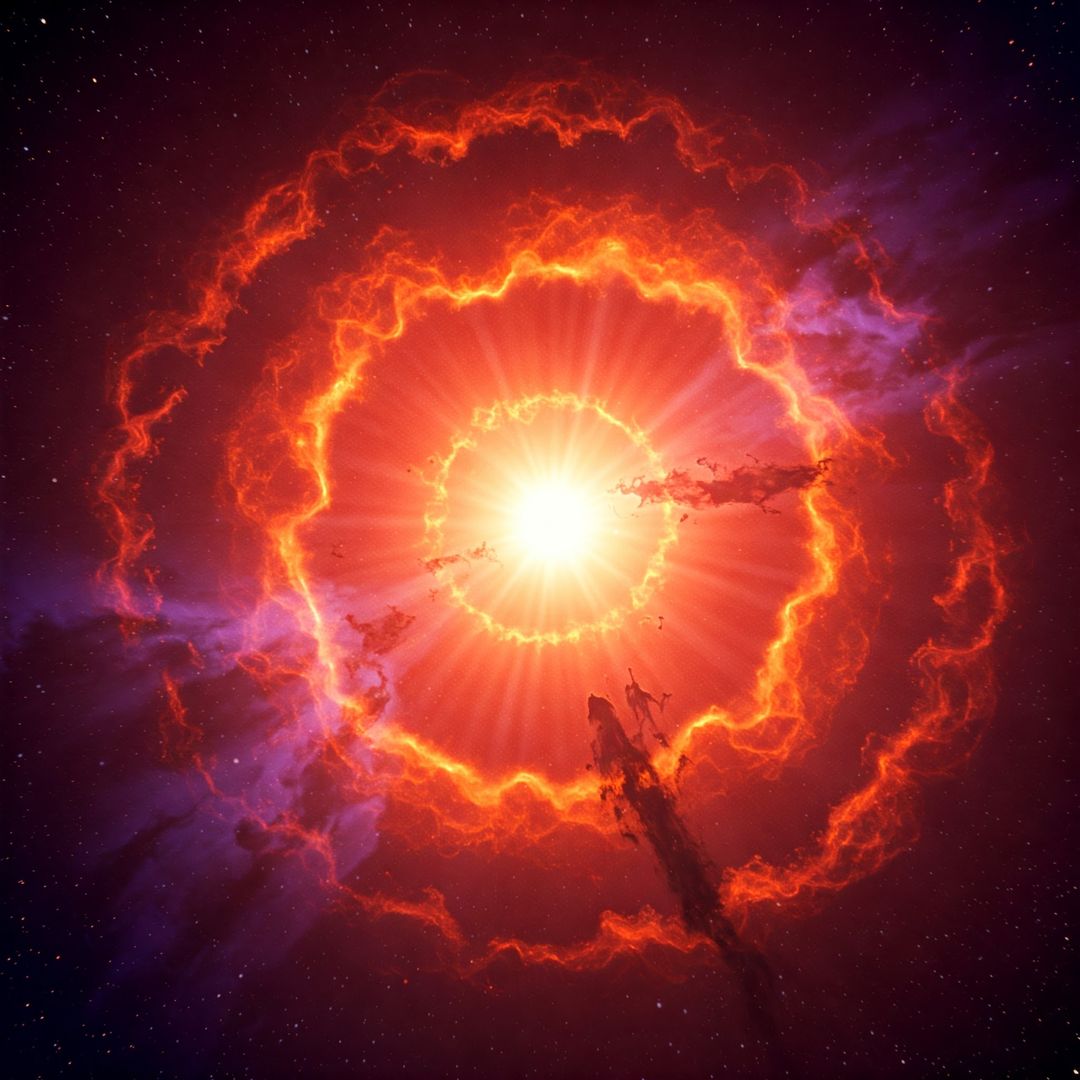
The Big Bang Theory
Key Concepts of the Big Bang:
- Singularity: Before the Big Bang, the universe was contained in a single point, smaller than an atom, with infinite density.
- Expansion: The universe rapidly expanded from this singularity in a process known as cosmic inflation. This expansion continues to this day.
- Cosmic Microwave Background (CMB): This faint radiation is a snapshot of the universe when it was only 380,000 years old, providing evidence of the Big Bang.
- Nucleosynthesis: In the first few minutes after the Big Bang, the universe cooled enough for the formation of atomic nuclei, such as hydrogen, helium, and lithium.
What Happened After the Big Bang:
- Over billions of years, the universe cooled, stars and galaxies formed, and the matter we know today emerged.
- The expansion continues, and galaxies are still moving away from each other.
Why the Big Bang is Important:
- The Big Bang Theory is the foundation of modern cosmology and helps explain the current structure of the universe.
- Understanding this event gives us insight into the very fabric of space-time, the fate of the universe, and how it will evolve.
9. Dark Matter and Dark Energy:
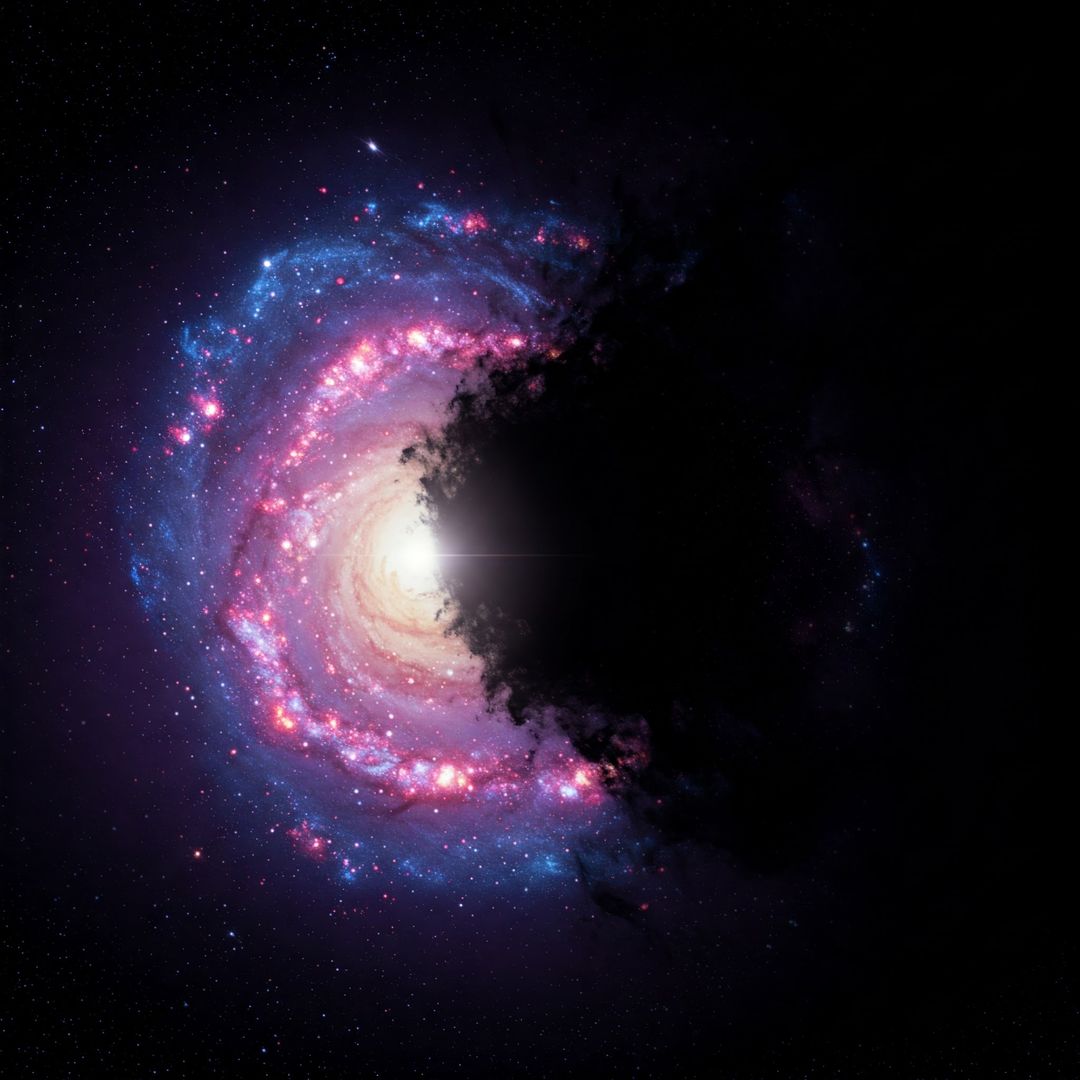
Dark Matter and Dark Energy
- Dark Matter: Invisible matter that makes up about 27% of the universe. Though we can’t see it directly, its presence is inferred by its gravitational effects on visible matter.
- Dark Energy: A mysterious force responsible for the accelerated expansion of the universe, making up about 68% of the cosmos.
The Multiverse:
- The idea that our universe might be one of many in a multiverse—a collection of parallel universes, each with its own physical laws—remains a theory that scientists are exploring.
🧠 Conclusion
Space is not just an area of scientific research; it’s a place of limitless imagination and discovery. Understanding the birth and death of stars, the nature of black holes, the mysteries of matter and antimatter, and the structure of galaxies enhances our appreciation of the cosmos and its mysteries. The more we learn, the closer.
